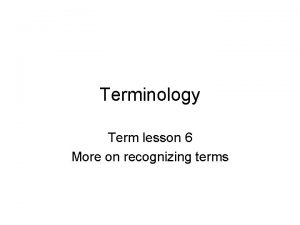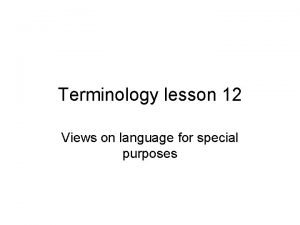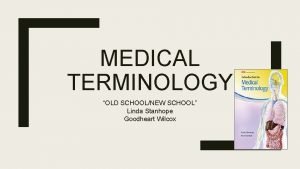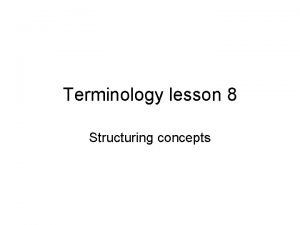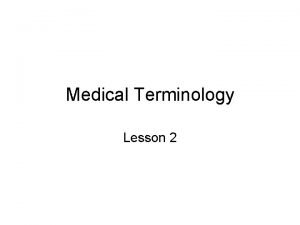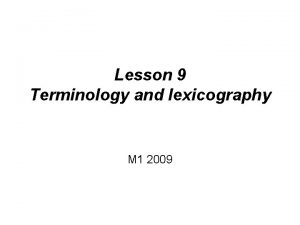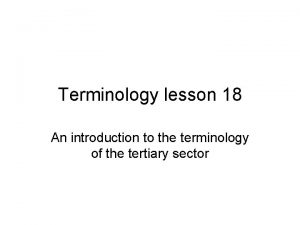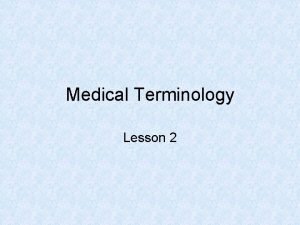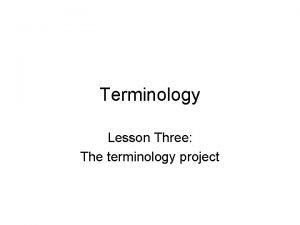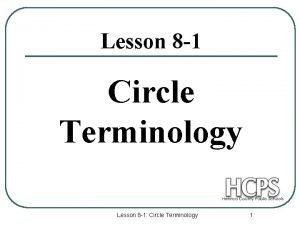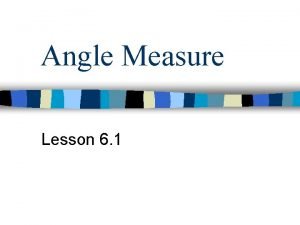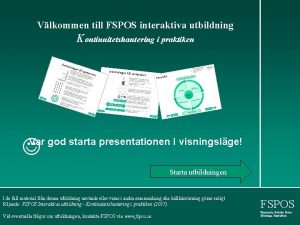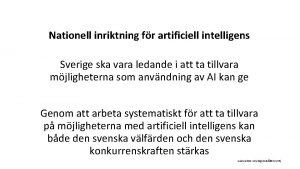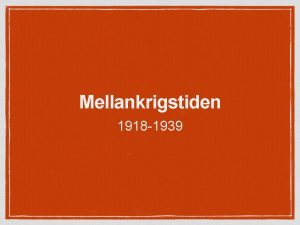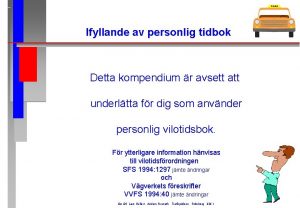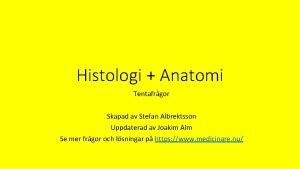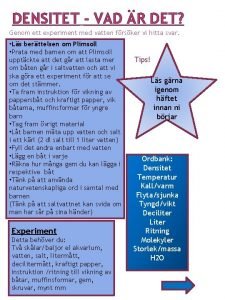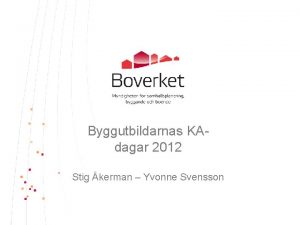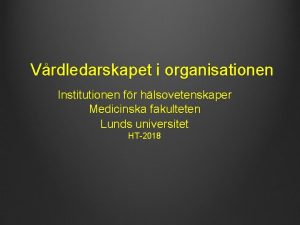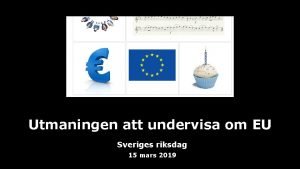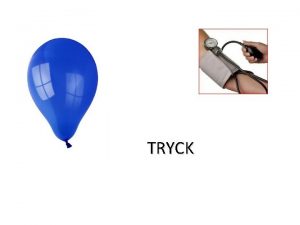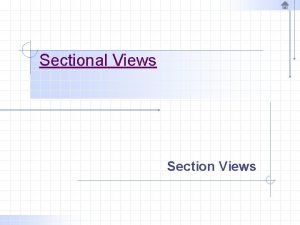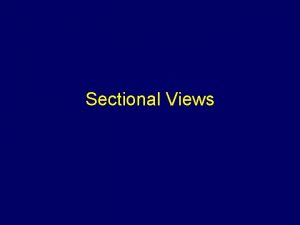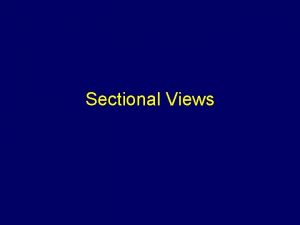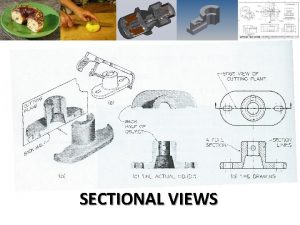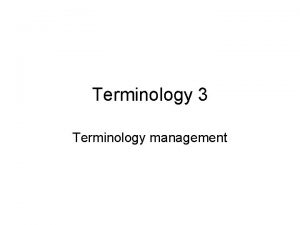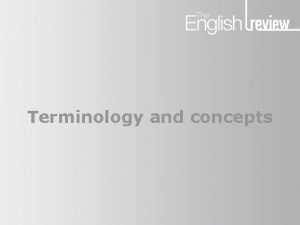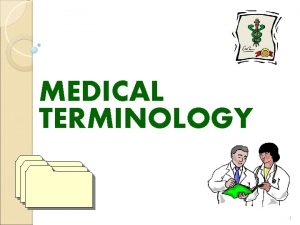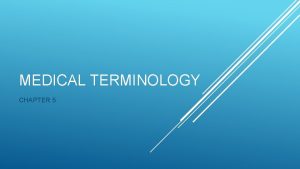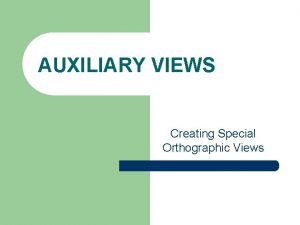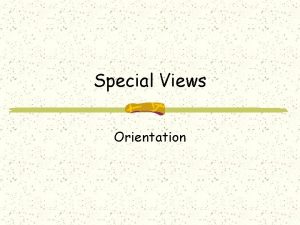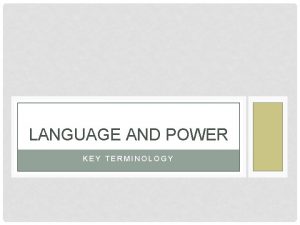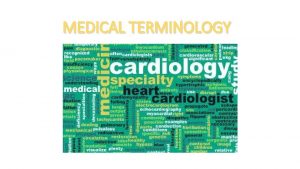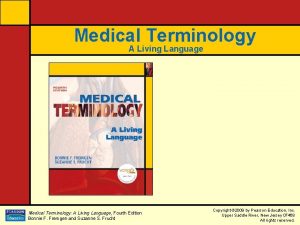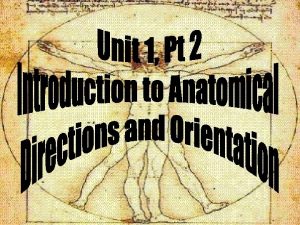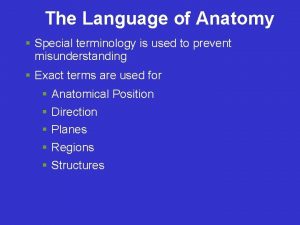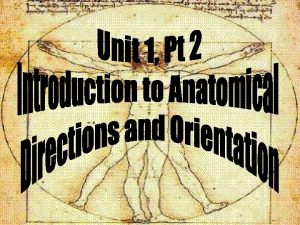Terminology lesson 12 Views on language for special





























![Bibliography • CABRE, Maria Teresa (1998 [1992]), La Terminologie. Théorie, méthode et applications, Ottawa, Bibliography • CABRE, Maria Teresa (1998 [1992]), La Terminologie. Théorie, méthode et applications, Ottawa,](https://slidetodoc.com/presentation_image_h/2ab61838c6ef97bcd4b4441518461e7c/image-30.jpg)
![Notes on definitions • strike [geology]: the direction of a fault trace on the Notes on definitions • strike [geology]: the direction of a fault trace on the](https://slidetodoc.com/presentation_image_h/2ab61838c6ef97bcd4b4441518461e7c/image-31.jpg)
- Slides: 31

Terminology lesson 12 Views on language for special purposes

LSP as an artificial language • Language for special purposes (LSP) artificial ? man-made ? • compare them with actual artificial languages – similarities – differences

Characterisitics of artificial languages • They are invented languages – Examples : • the Beaufort scale – created in 1805 by Sir Francis Beaufort • Chemical nomenclature – Guyton de Morveau ; Méthode de nomenclature chimique, 1787

Characteristic 2 • Artificial languages are based on and/or refer to natural languages • the Beaufort scale can be transformed into words 3 gentle breeze 4 moderate breeze 5 fresh breeze 6 strong breeze • chemical symbols refer to Latin Na. Cl – natrium + chloride


Characteristic 3 • Artificial languages are preconceived as a system – The Beaufort scale is based on the concept of a gradation in wind strengths – Chemical nomenclature is based on a system of elements, their combinations and their molecular weight

Characteristic 4 • New elements cannot be added – Beaufort scale : 1 – 12 – Chemical nomenclature : possible, but within rules

Characteristic 5 • No ambiguity – No synonymy – No polysemy • Beaufort : need for unambiguous communication between seafarers • Chemical nomenclature : need for correctly motivated terminology

Characteristic 6 • Severely reduced syntax – Beaufort : no combination – Chemical nomenclature : combinations limited • Strictly limited number of signs/symbols – Beaufort : 1 - 12 • Fixed in writing – Primarily written (or semaphored) symbols

Characteristic 7 • Internationally used – Beaufort scale • Primarily consists of numbers – Translated unambiguously into all languages 4 /moderate breeze/jolie brise/mäßige Brise – Chemical nomenclature • Na. Cl : sodium chloride/chlorure de sodium/Natriumchlorid …

3 4 5 6 7 8 Petite brise Jolie brise Bonne brise Vent frais Grand frais Coup de vent 7 à 10 11 à 16 17 à 21 22 à 27 28 à 33 34 à 40 12 à 19 Les moutons apparaissent 20 à 28 Petites vagues, de nombreux moutons 29 à 38 Vagues modérées, moutons, embruns 39 à 49 Lames, crêtes d'écumes blanches, embruns 50 à 61 Lames déferlantes, trainées d'écumes 50 à 61 Tourbillons d'écumes à la crête des lames, trainées d'écumes Lames

Characteristic 8 • Artificial languages have no emotive or poetic functions

Jakobson’s functions of language • • • Referential – focusing on context Emotive – focusing on addresser Conotive – focusing on addressee Phatic – focusing on the contact Metalingual – focusing on the code Poetic – focusing on the message

And what of LSPs? • invented ? – The English or French used for scientific texts is contained within general English/French – Only partly invented for some terms • created consciously

Based on natural language? – Rather part of natural language Preconceived as a system? – Only for highly ordered series • nomenclatures and taxonomies • Impossible to add new elements – not impossible, but regulated • Unambiguous – An aim, a tendency of LSP, though not always observed

restrictions • Severely reduced syntax • Strictly limited number of signs/symbols • Fixed in writing

international scope Terms tend to be international, or have agreed-on equivalents Written styles tends to be similar between languages A French physicist, who is unable to speak English well, may be able to read articles on his subject without any trouble.

Example : the weather forecast as an LSP text • What features enable us to classify a weather forecast as an LSP text ? – How many codes ? – How are the codes related ? – What role does convention play ?


LSP – language or discourse? • Cf. Saussure’s distinction between : Language and speech (langue et parole) • The first refers to the system. • The second to how it is used (speech or discourse) Is LSP a feature which is incorporated into the language code, or is it a particular way of using the code?

LSP is a discourse feature • LSP is the use of a language – not the language itself • a phenomenon which is observed in texts – through textual analysis • a particular use of a language – cf. (Quemada) for French; • vocabulary – which was held to be the main feature of LSPs – is not central to the language system.

LSP is a language feature • In studying texts we aim at deducing the language system (Kocourek 1991 : 16 ; 251) • The definition of discourse does not encompas the whole semiotic system; • The vocabulary of LSPs is specific and systematic; • An LSP cannot be reduced to a style or a register since it itself has styles and registers.

LSP or LSPs? • The legal texts and chemistry texts use language very differently • Many of the language features found in legal texts are absent from chemistry text • Can the same methods be used for analysing the English (or French) of legal texts and chemistry texts?

Some definitions of LSP • Par langue de spécialité, on entend essentiellement « un sous - système linguistique qui utilise une terminologie et d'autres moyens linguistiques et qui vise la non-ambiguïté de la communication dans un domaine particulier » (Lerat, 1995).

a technolect? • LSP is often referred to as a technolect – This introduces a parallel with • dialect • idiolect • But is it a valid parallel ? – Is the English (or French) LSP for motor mechanics any less English or French? – It is simply the way English or French is used to talk about motor mechanics.

A discursive set of definitions • Pierre Lerat points to the advantage of the English LSP, – since language is both • linguistique activity (in French langage) • and language (langue) at once. • Sager’s definition – the linguistic means of communication needed to convey specialised information between specialists of the same subject.

An assimetrical definition • « Je propose de concevoir et de redéfinir la distinction entre LG et LS comme une distinction asymétrique – où le concept de LG fait partie d'une distinction épistémologique entre ce qui est particulier et ce qui est général, – entre traits qui ne caractérisent qu'une seule forme d'usage – et traits que l'on peut trouver dans toutes les formes d'usage d'un langue (et cela à tous le niveaux, des unités lexicales à la cohésion textuelle et au but communicatif lié à chaque genre de texte, en passant par des structures morphologiques et syntaxiques). On a donc, en principe, ici affaire à deux dimensions différentes de la même forme d'usage. • Au contraire, le concept de LS fait partie d'une distinction ontologique, – c'est à dire d'une distinction à l'intérieur de ce qui est donnée empiriquement, – et où l'on compare deux forme d'usage différentes et particulières – (par exemple le français technique et le français de la presse). « Frandsen 1998 : 30

Further reading • Read F. Gaudin, Socioterminologie, 2003, p. 46 -49 disponible sur Google books, for a sociolinguistic critique of definitions of LSP.

LSP as an ordered set of constraints • constraints of meaning controlled by definition • constraints on vocabulary used • constraints due to text type • constraints resulting from interaction linguistic and non-linguistic codes • contraints resulting from language policy • others?
![Bibliography CABRE Maria Teresa 1998 1992 La Terminologie Théorie méthode et applications Ottawa Bibliography • CABRE, Maria Teresa (1998 [1992]), La Terminologie. Théorie, méthode et applications, Ottawa,](https://slidetodoc.com/presentation_image_h/2ab61838c6ef97bcd4b4441518461e7c/image-30.jpg)
Bibliography • CABRE, Maria Teresa (1998 [1992]), La Terminologie. Théorie, méthode et applications, Ottawa, Les Presses universitaires de l’Université d’Ottawa/Armand Colin • FRANDSEN, Finn (1998), « Langue générale et langue de spécialité : une distinction asymétrique? » dans GAMBIER, Y (dir. ), Discours professionnels en français. Peter Lang. p. 15 -34 • GAUDIN, François (2003), Socioterminologie, , une approche sociolinguistique de la terminologie, Bruxelles, Duculot De Boeck. • JAKOBSON, Roman (1963 -1973), Essais de linguistique générale, Paris, Les Éditions de Minuit • KOCOUREK, Rostislav (1991 [1982]), La langue française de la technique et de la science. Vers une linguistique de la langue savante, 2° édition augmentée, Wiesbaden/Paris, Brandstetter Verlag • LERAT, Pierre (1995), Les langues spécialisées, Paris, PUF • QUEMADA , Bernard (1978) « Technique et langage » , dans GILLE B. (dir. ), Histoire des techniques, p 11461240. Collection « La Pléïade » • SAGER, Juan Carlos (1990), A Practical Course in Terminology Processing, Amsterdam/Philadelphie, John Benjamins Publishing.
![Notes on definitions strike geology the direction of a fault trace on the Notes on definitions • strike [geology]: the direction of a fault trace on the](https://slidetodoc.com/presentation_image_h/2ab61838c6ef97bcd4b4441518461e7c/image-31.jpg)
Notes on definitions • strike [geology]: the direction of a fault trace on the Earth’s surface – Is the anchorword direction or measurement? • reverse fault [geology]: a fault caused by the hanging wall moving up through compressional forces – If the anchorword is the ‘genus proximus’, it should be a dip-slip fault. • dip-slip fault [geology]: a fault caused by movement up or down the fault plane
 Lesson 81 drop in molecular views answer key
Lesson 81 drop in molecular views answer key Lesson 6 medical terminology
Lesson 6 medical terminology Medical terminology lesson 12
Medical terminology lesson 12 Medical terminology activities high school
Medical terminology activities high school Medical terminology lesson 4
Medical terminology lesson 4 Medical terminology lesson 8
Medical terminology lesson 8 Algia medical term
Algia medical term Medical terminology lesson 7
Medical terminology lesson 7 Medical terminology lesson 9
Medical terminology lesson 9 Medical terminology lesson 3
Medical terminology lesson 3 Sound alike medical terms
Sound alike medical terms Lesson 12 medical terminology
Lesson 12 medical terminology Medical terminology lesson 4
Medical terminology lesson 4 Circle terminology
Circle terminology Medical terminology lesson 6
Medical terminology lesson 6 Kontinuitetshantering
Kontinuitetshantering Typiska drag för en novell
Typiska drag för en novell Tack för att ni lyssnade bild
Tack för att ni lyssnade bild Returpilarna
Returpilarna Varför kallas perioden 1918-1939 för mellankrigstiden
Varför kallas perioden 1918-1939 för mellankrigstiden En lathund för arbete med kontinuitetshantering
En lathund för arbete med kontinuitetshantering Särskild löneskatt för pensionskostnader
Särskild löneskatt för pensionskostnader Tidbok för yrkesförare
Tidbok för yrkesförare Sura för anatom
Sura för anatom Förklara densitet för barn
Förklara densitet för barn Datorkunskap för nybörjare
Datorkunskap för nybörjare Boverket ka
Boverket ka Debattartikel struktur
Debattartikel struktur Magnetsjukhus
Magnetsjukhus Nyckelkompetenser för livslångt lärande
Nyckelkompetenser för livslångt lärande Påbyggnader för flakfordon
Påbyggnader för flakfordon Vätsketryck formel
Vätsketryck formel

